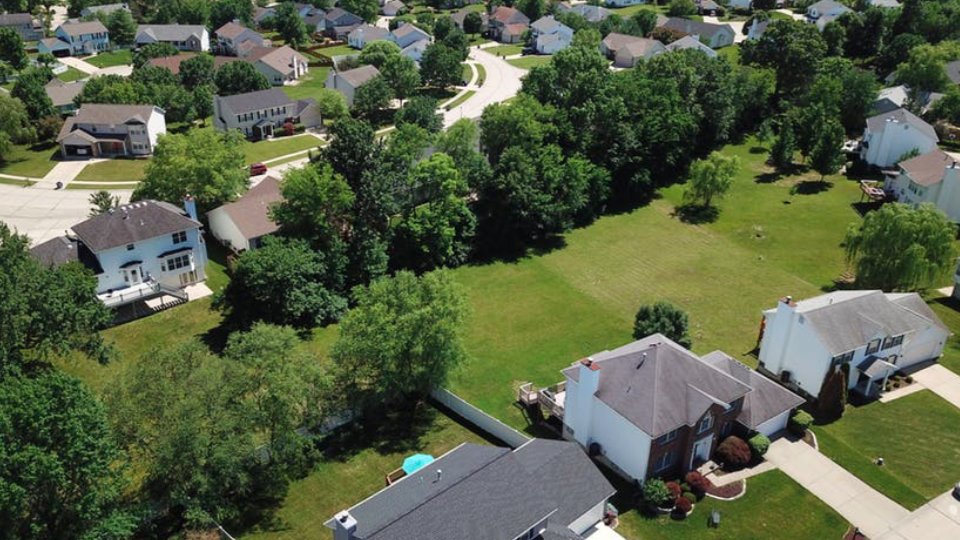demographics
Choosing the Right Neighborhood for Your Rental Property
Exploring the Importance of Rental Property Neighborhoods
Selecting the right neighborhood is a crucial aspect of real estate investment and can significantly impact the success of a rental property. This guide delves into the key considerations and factors when evaluating rental property neighborhoods.
1. Proximity to Essential Amenities
One of the primary factors to consider when assessing a rental property neighborhood is its proximity to essential amenities. Tenants often prioritize easy access to grocery stores, schools, healthcare facilities, and public transportation. A neighborhood with convenient access to these amenities enhances the overall appeal of the rental property.
2. Safety and Security Measures
Safety is a paramount concern for both landlords and tenants. Evaluating the safety and security measures in a neighborhood is crucial. Factors such as low crime rates, well-lit streets, and the presence of community policing contribute to a sense of security and attract tenants seeking a safe living environment.
3. Neighborhood Demographics and Target Audience
Understanding the demographics of a neighborhood is essential for landlords. Different neighborhoods cater to diverse demographics, and identifying the target audience for your rental property is key. Whether it’s a family-friendly area, a bustling urban community, or a peaceful suburban enclave, aligning the property with the neighborhood’s vibe is crucial for tenant satisfaction.
4. School District Quality
For tenants with families, the quality of the school district plays a significant role in their decision-making process. Proximity to well-rated schools and educational institutions can make a neighborhood more appealing. It’s wise for landlords to research and highlight the quality of nearby schools when marketing their rental properties.
5. Local Employment Opportunities
The availability of job opportunities in the vicinity is an important consideration. A neighborhood with a thriving job market and proximity to employment hubs is likely to attract tenants. Highlighting local employment opportunities can make a rental property more appealing to potential tenants looking for convenience in their daily commute.
6. Future Development and Infrastructure Plans
Examining future development plans and infrastructure projects in a neighborhood provides insights into its growth potential. A neighborhood with ongoing or planned improvements in transportation, amenities, or commercial spaces may experience increased property value over time, benefiting both landlords and tenants.
7. Cultural and Recreational Offerings
The cultural and recreational aspects of a neighborhood contribute to its overall charm. Proximity to parks, theaters, restaurants, and cultural venues can make a neighborhood more attractive to tenants seeking a vibrant and fulfilling lifestyle. Highlighting these offerings can set a rental property apart from others.
8. Affordability and Market Trends
Affordability is a crucial factor for both landlords and tenants. Assessing the overall cost of living in a neighborhood and staying informed about market trends ensures that rental properties are competitively priced. Understanding the balance between affordability and neighborhood desirability is key to attracting and retaining tenants.
9. Transportation and Commute Accessibility
Easy access to transportation options and convenient commute routes is another significant consideration. A neighborhood with well-connected public transportation and proximity to major highways or business districts is

